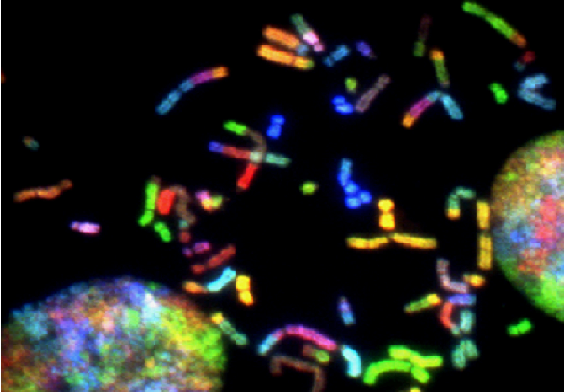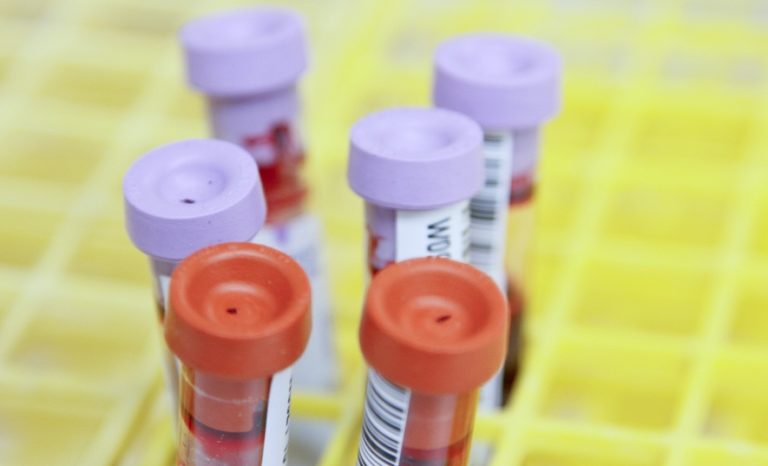May 3, 2022: “Idorsia Ltd announced the EC has granted marketing authorization for QUVIVIQ™▼ (daridorexant) for the treatment of adult patients with insomnia characterized by symptoms present for at least three months and considerable impact on daytime functioning.
Chronic insomnia disorder is one of the most prevalent sleep disorders in Europe, affecting between 6%-12% of the adult population, and impacting both physical and mental health.
With this approval, QUVIVIQ becomes the first dual orexin receptor antagonist (DORA) in the European Union (EU) for the treatment of insomnia. Rather than inducing sleep through broad inhibition of brain activity, QUVIVIQ blocks only the activation of orexin receptors.
Consequently, QUVIVIQ decreases the wake drive, allowing sleep to occur, without altering the proportion of sleep stages.
The recommended dose of QUVIVIQ is one tablet of 50 mg once per night, taken orally in the evening within 30 minutes before going to bed.
In certain circumstances, such as patients with moderate hepatic impairment or who are taking moderate CYP3A4 inhibitors, the recommended dose is 25 mg once per night.
Jean-Paul Clozel, MD and Chief Executive Officer of Idorsia, commented:
“As our first treatment authorized in the EU, the approval of QUVIVIQ marks a significant medical advancement in the management of insomnia and a big milestone for Idorsia.
I am delighted to see the comprehensive long-term safety and efficacy data we have generated with QUVIVIQ included in an outstanding label.
In particular, I’m pleased with the description of the unique daytime functioning improvement data, which I believe will revolutionize the way insomnia is treated in the EU.
We are incredibly proud to bring the therapeutic benefits of QUVIVIQ, the first dual orexin receptor antagonist in Europe, to clinicians and patients. We expect to make it available in the first countries before the end of the year.”
The EC decision is supported by robust Phase 3 results – recently published in The Lancet Neurology – which demonstrated that at the recommended dose, QUVIVIQ improved sleep onset, sleep maintenance and self-reported total sleep time in adults with chronic insomnia disorder.
A major focus of the trials was to evaluate the impact of QUVIVIQ on daytime functioning in patients with insomnia disorder, as assessed by IDSIQ, a patient-reported outcomes instrument specifically developed and validated according to FDA guidelines, to measure daytime functioning in patients with insomnia.
The recommended dose of QUVIVIQ demonstrated highly statistically significant improvement in the daytime sleepiness domain of IDSIQ, which means patients reported feeling less mentally and physically tired, less sleepy and more energetic during the day, at months one and three compared to placebo, with a favorable safety profile.
In clinical trials, the most frequently reported adverse reactions were headache and somnolence.
The majority of adverse reactions were mild to moderate in intensity.
No evidence of a dose-relationship for the frequency or severity of adverse reactions was observed.
The adverse reaction profile in elderly patients was consistent with younger patients.
Somnolence was reported in 3% and 2% of patients treated with QUVIVIQ 25 mg and 50 mg, respectively, compared to 2% of subjects on placebo.
The marketing authorization was also supported by a long-term follow-up extension study, which together with the pivotal trials, provides clinical data for up to 12 months of continuous treatment.
For more information on the marketing authorization of QUVIVIQ in the European Union, please review the Summary of Product Characteristics (SmPC).
Professor Damien Léger, Université Paris Cité, France, commented:
“Sleep is an essential pillar for good physical and mental health to ensure optimal functioning throughout the day.
Chronic insomnia disorder is persistent in many patients and has direct consequences, such as impaired daytime function, decreased workplace productivity, injuries and accidents, making insomnia not only a disease of the night, but one that also markedly affects the day and a patient’s well-being.
QUVIVIQ, which can be used long-term, effectively improves sleep parameters and people’s ability to function better during the day, while avoiding major safety concerns, fulfilling the major medical requirements for insomnia management.
This is great news for the millions of adults and elderly people across the EU living with chronic insomnia.”
About QUVIVIQ (daridorexant) in insomnia disorder
Studies over the past decades have shown that hyperarousal processes in the brain play a key role in the pathology of insomnia.
Chronic insomnia disorder is the result of continued brain hyperarousal that requires sustained management with therapy suitable for daily use over months.
Orexin is a neuropeptide, a small protein-like molecule, produced by the brain that promotes wakefulness.
QUVIVIQ reduces nocturnal hyperarousal to improve sleep (onset and maintenance) without next-morning residual effects in insomnia patients, and thus improve daytime functioning.
Regulatory status of daridorexant
Marketing authorization of QUVIVIQ in Europe follows a positive opinion issued on 24 February by the European Medicines Agency’s (EMA) Committee for Medicinal Products for Human Use (CHMP).
The approval is valid in all European Union Member States, as well as the European Economic Area countries Iceland, Liechtenstein and Norway, and Northern Ireland under the Northern Ireland Protocol.
In Great Britain, a separate application for the use of daridorexant for the same indication has been submitted to the Medicines and Healthcare products Regulatory Agency (MHRA) via the European Commission Decision Reliance Procedure.
Daridorexant is currently under review with Swissmedic and Health Canada.
In January 2022, QUVIVIQ (daridorexant) was approved by the US Food and Drug Administration (FDA) for the treatment of adult patients with insomnia, characterized by difficulties with sleep onset and/or sleep maintenance.”










